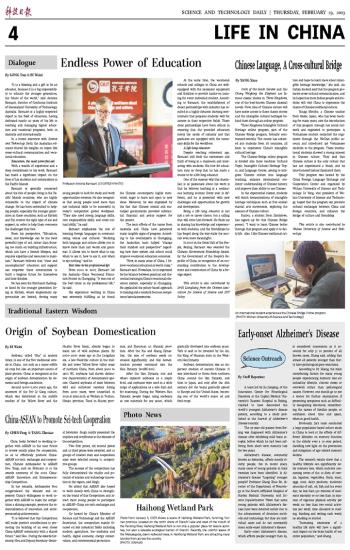
Soybean, called "Shu" in ancient times, is one of the five traditional cereals in China, not only as a major edible oil crop but also an important source of plant protein. China is recognized as the origin of soybean domestication by domestic and foreign academics.
Around 9,000-7,000 years ago, the ancestors of the Pei-Li-Gang culture, which was distributed in the middle reaches of the Yellow River and the Huaihe River basin, already began to make use of wild soybean plants. By 5000-4000 years ago in the Longshan era, a late Neolithic culture in the middle and lower Yellow River valley areas of northern China, from about 3000 to 1900 BC, soybeans had shown distinctive characteristics of domesticated species. Charred soybeans of sizes between wild and cultivated varieties dating from 4000 years, were unearthed in 2019 at sites such as Wadian in Yuzhou, Henan province, Taosi in Shanxi province, and Zhouyuan in Shaanxi province. After the Xia and Shang Dynasties, the size of soybean seeds increased significantly, and this domestication process continued into the Han Dynasty (202BC-220).
After the Han Dynasty, rice and wheat replaced soybeans as a staple food, and soybeans were used in a wide range of applications as a side dish and for seasoning. During the Western Han Dynasty, people began using soybeans as raw materials for soy sauce, which gradually developed into soybean sauce. Tofu is said to be invented by Liu An, the King of Huainan state in the Western Han Dynasty.
Soybean domestication was an important creation of ancient Chinese. It was introduced to Korea from northern China around the Qin Dynasty, and then to Japan, and only after the 18th century did the beans gradually spread to Europe and the United States, becoming one of the world's major oil and feed crops.







